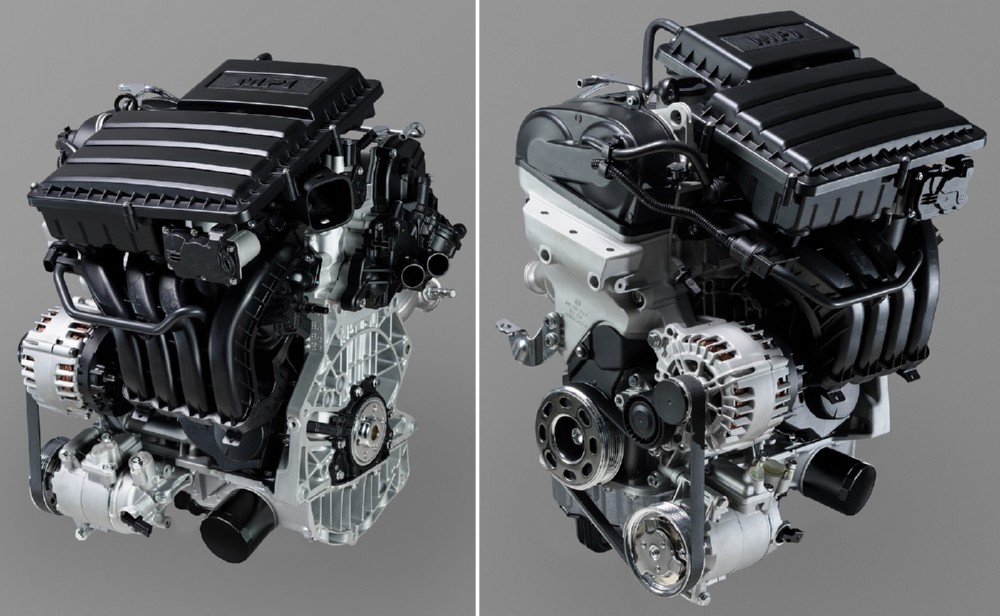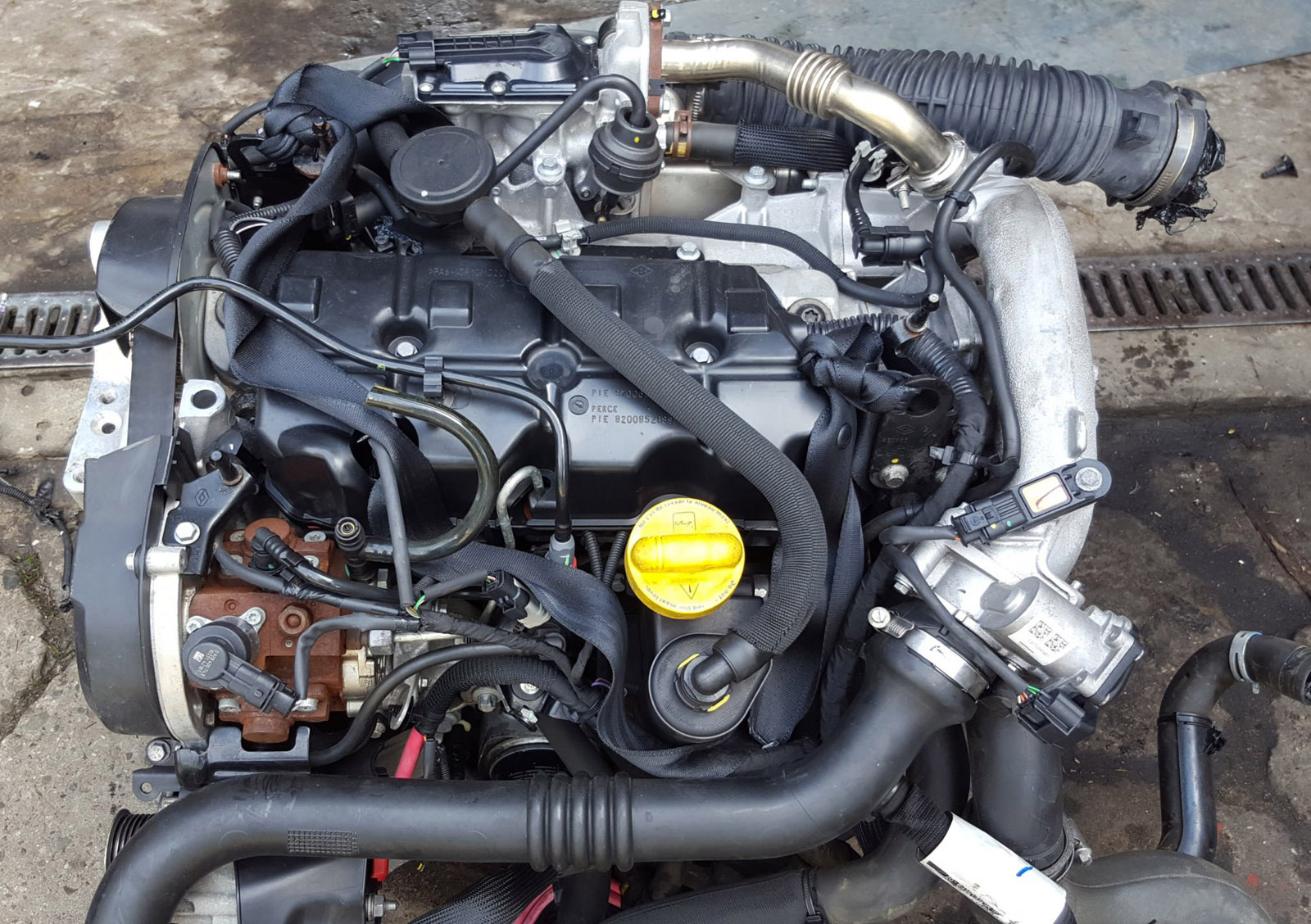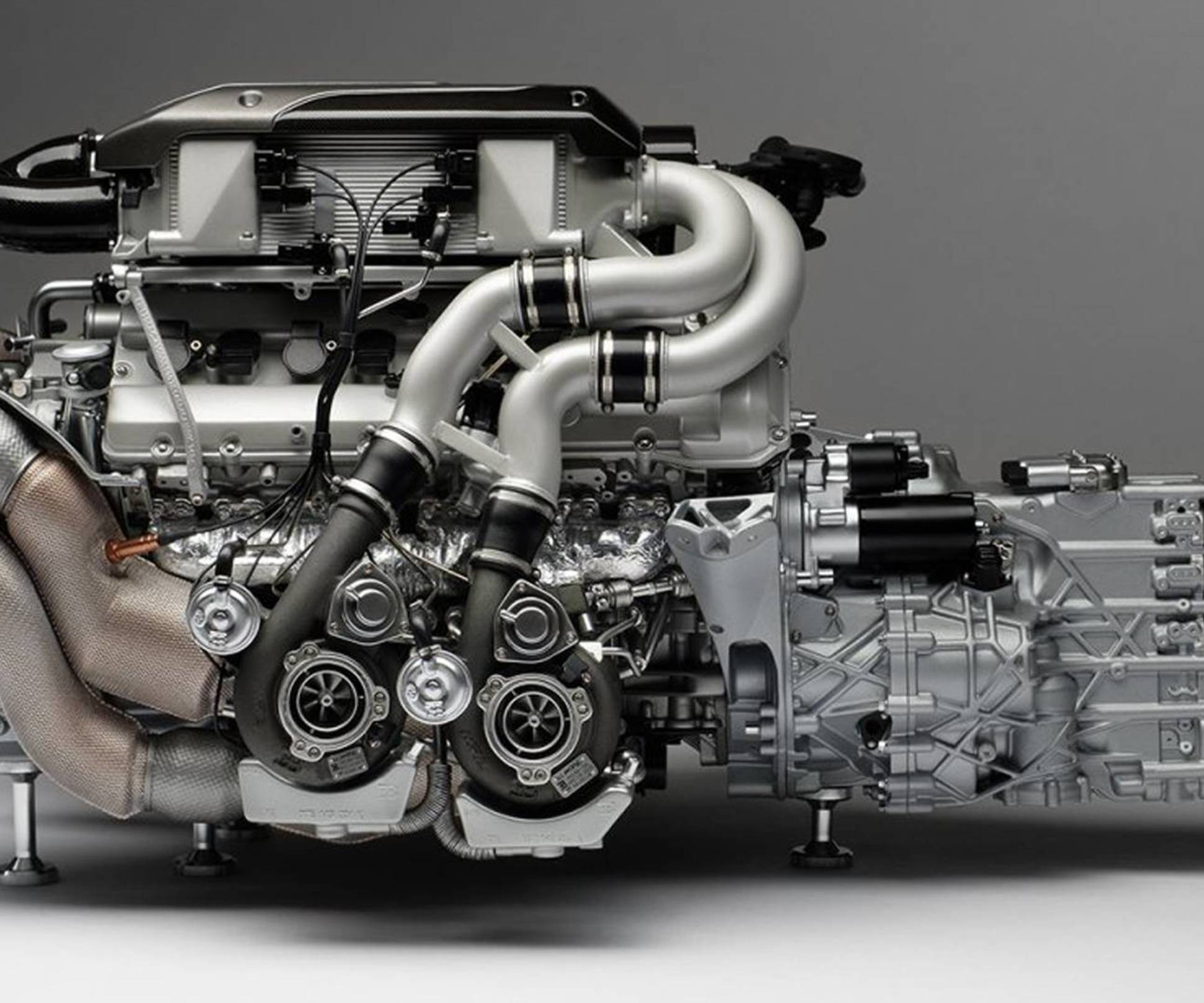
1.6 MPI engine with 102 hp - Volkswagen armored unit without any special flaws. You are sure?
Content
Getting 102 horsepower from a 1.6 unit is nothing out of the ordinary. However, in 1994, such a motor turned out to be a bull's-eye. The 1.6 MPI petrol engine was installed in Audi, Volkswagen, Skoda and Seat. To this day, he has his loyal fans.
Engine 1.6 MPI 8V - why is it so appreciated?
At a time when the power of the unit was not yet so important, VW released a 1.6 engine with 102 hp. Its main task was to ensure trouble-free driving for car owners of the entire VAG concern. When it entered the market, it marked a new step in the way of fuel supply - it had sequential indirect injection. Gasoline supplied to each cylinder through a separate nozzle could be burned more efficiently than in carbureted designs. In addition, the unit works perfectly on liquefied gas, which is another advantage.
What will never break in 1.6 MPI 102 hp?
Regardless of whether the engine is in the Octavia, Golf, Leon or A3, you can count on its trouble-free ride if it is properly serviced. In this engine, the turbine, dual-mass flywheel, diesel particulate filter, variable valve timing system, or, finally, the chain itself will never fail. Why? Because it just doesn't exist. This is a very simple design that some even refer to as "idiot protection". However, we prefer to stick to the term "armored". The manufacturer provides for the replacement of the timing drive with an interval of 120 km. Depending on the condition of the unit and the assessment of the mechanic, an oil change is usually carried out every 000-10 thousand kilometers.
Is everything fine with the 1.6 MPI engine?
Of course, this unit is not perfect. Regardless of the engine designation (ALZ, AKL, AVU, BSE, BGU or BCB), the driving dynamics are average, with an indication of low. To get at least some power from it (102 hp at 5600 rpm), you need to turn the unit to the maximum. And this has consequences in the form of high fuel consumption. Usually we are talking about 8-9 l / 100 km. Therefore, a gas installation is mounted to it (except for the engine with the BSE code, which has a very weak cylinder head). Another issue is oil consumption. 1.6 8V usually uses 1 liter of engine oil from change to change. However, sometimes this value is higher. Users also complain about ignition coils that love to give up.
1,6 Cost per MPI unit and maintenance
If the above problems do not bother you too much, the 1.6 8V 102 hp engine. would be a really great choice. It is enough to follow its regular maintenance and add oil (this is not a rule). In the current realities, 8-10 gasoline per 100 km is a very decent result. Whether you choose the 8-valve or 16-valve version, fuel consumption will be very similar. Spare parts are available in every warehouse and in a car shop, and their cost is really affordable. This makes the 1.6 MPI engine still a favorite among fans of trouble-free driving.
1.6 MPI and newer developments
Unfortunately, emissions regulations meant that this engine was no longer in production. Its direct successor was the 1.6 FSI unit with 105 hp. The small change in power does not reflect the list of design changes, the largest of which is gasoline direct injection. In the old bike, the mixture entered the combustion chamber through the valves, now it is injected directly into the cylinder. This has its advantages (lower fuel consumption, better work culture), but this comes at the expense of soot in the cylinder head. Over time, downsizings came to the fore and now turbocharged engines are in the lead, for example, 1.2 TSI with a capacity of 105 and 110 hp.
Is it worth it today to buy a car with a 1.6 MPI 102 hp engine?
The answer is not so obvious. Durability, moderate fuel consumption, low parts prices and even overhauls make the 1.6 MPI engine highly valued by those looking for a reliable vehicle. However, it is in vain to look for sensations in it or a sudden release of adrenaline. In smaller cars (Audi A3, Seat Leon) overtaking is not as burdensome, but wagon versions may require learning to control revs and gears. Also be aware that vehicles with this engine can have very high mileage.
A photo. main: AIMHO'S REBELLION 8490s via Wikipedia, CC 4.0

